
a.
To check: The graph of the relation is a function
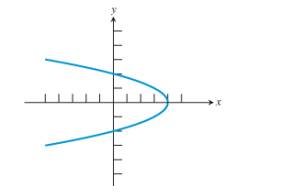
Given information:
The graph is given below:
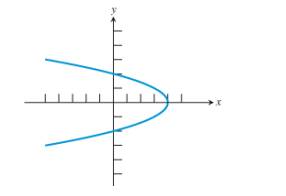
Concept used:
Vertical line test :The test state that a graph represent a function if and only if all vertical lines intersect the graph at most once.
Explanation:
Here from the graph can understand that when doing the vertical line test ,the vertical line intersect more than one point .So the graph fail in the vertical line test .
Hence the given graph of a relation is not function.
b.
To check: The relation that have an inverse and is a function.
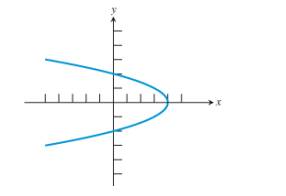
Given information:
The graph is given below.
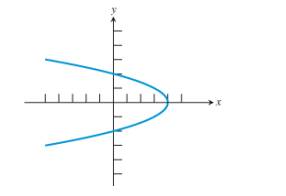
Concept used:
The ordered pair (a,b) is a relation if only if the ordered pair (b,a) is an inverse relation.
The inverse of a relation is a function if and only if each horizontal line intersects the graph
of the original relation in at most one point.
Explanations:
Each ordered pair (a,b) has an inverse since its ordered pair (b,a) is an inverse relation.
But when do the horizontal line test it intersects at only one point so it pass the horizontal line test.
Hence the inverse of this relation is a function.
Chapter 1 Solutions
PRECALCULUS:GRAPHICAL,...-W/ACCESS
- This table displays the current in equal intervals. Time t/ms 05 10 15 20 25 30 Current i/A 0 4.8 9.1 12.7 8.8 3.5 0 The formula for the charge as follows: 30x10-3 q 0 i dt Use formula to solve the current at 30ms using both the trapezoidal rule and Simpson's rule showing all steps and workingarrow_forwardTable displays the current in equal intervals. Charge formula: Time t/m 05 10 15 20 25 30 Current i/A 0 4.8 9.1 12.7 8.8 3.5 0 9 = 70 30x10-3 i dt Using mid-ordinate rule solve for the current at 30ms.arrow_forwardEvaluate 5 k=0 7 2. karrow_forward
- Pls help asap pls.arrow_forward9. Consider the function y = 2e¯*. Determine the equation of the tangent(s) to the curve that pass through the point P(2, 0). Your final answer must be expressed in standard form as per other tests. Negative exponents and/or fractions must not appear in your final answer. For full marks please draw an accurate sketch to support your solution.arrow_forward6. The graph below shows f, f'and fƒ" Clearly Label the curves.arrow_forward
 Calculus: Early TranscendentalsCalculusISBN:9781285741550Author:James StewartPublisher:Cengage Learning
Calculus: Early TranscendentalsCalculusISBN:9781285741550Author:James StewartPublisher:Cengage Learning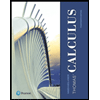 Thomas' Calculus (14th Edition)CalculusISBN:9780134438986Author:Joel R. Hass, Christopher E. Heil, Maurice D. WeirPublisher:PEARSON
Thomas' Calculus (14th Edition)CalculusISBN:9780134438986Author:Joel R. Hass, Christopher E. Heil, Maurice D. WeirPublisher:PEARSON Calculus: Early Transcendentals (3rd Edition)CalculusISBN:9780134763644Author:William L. Briggs, Lyle Cochran, Bernard Gillett, Eric SchulzPublisher:PEARSON
Calculus: Early Transcendentals (3rd Edition)CalculusISBN:9780134763644Author:William L. Briggs, Lyle Cochran, Bernard Gillett, Eric SchulzPublisher:PEARSON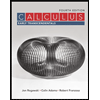 Calculus: Early TranscendentalsCalculusISBN:9781319050740Author:Jon Rogawski, Colin Adams, Robert FranzosaPublisher:W. H. Freeman
Calculus: Early TranscendentalsCalculusISBN:9781319050740Author:Jon Rogawski, Colin Adams, Robert FranzosaPublisher:W. H. Freeman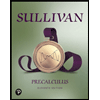
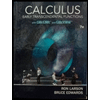 Calculus: Early Transcendental FunctionsCalculusISBN:9781337552516Author:Ron Larson, Bruce H. EdwardsPublisher:Cengage Learning
Calculus: Early Transcendental FunctionsCalculusISBN:9781337552516Author:Ron Larson, Bruce H. EdwardsPublisher:Cengage Learning





